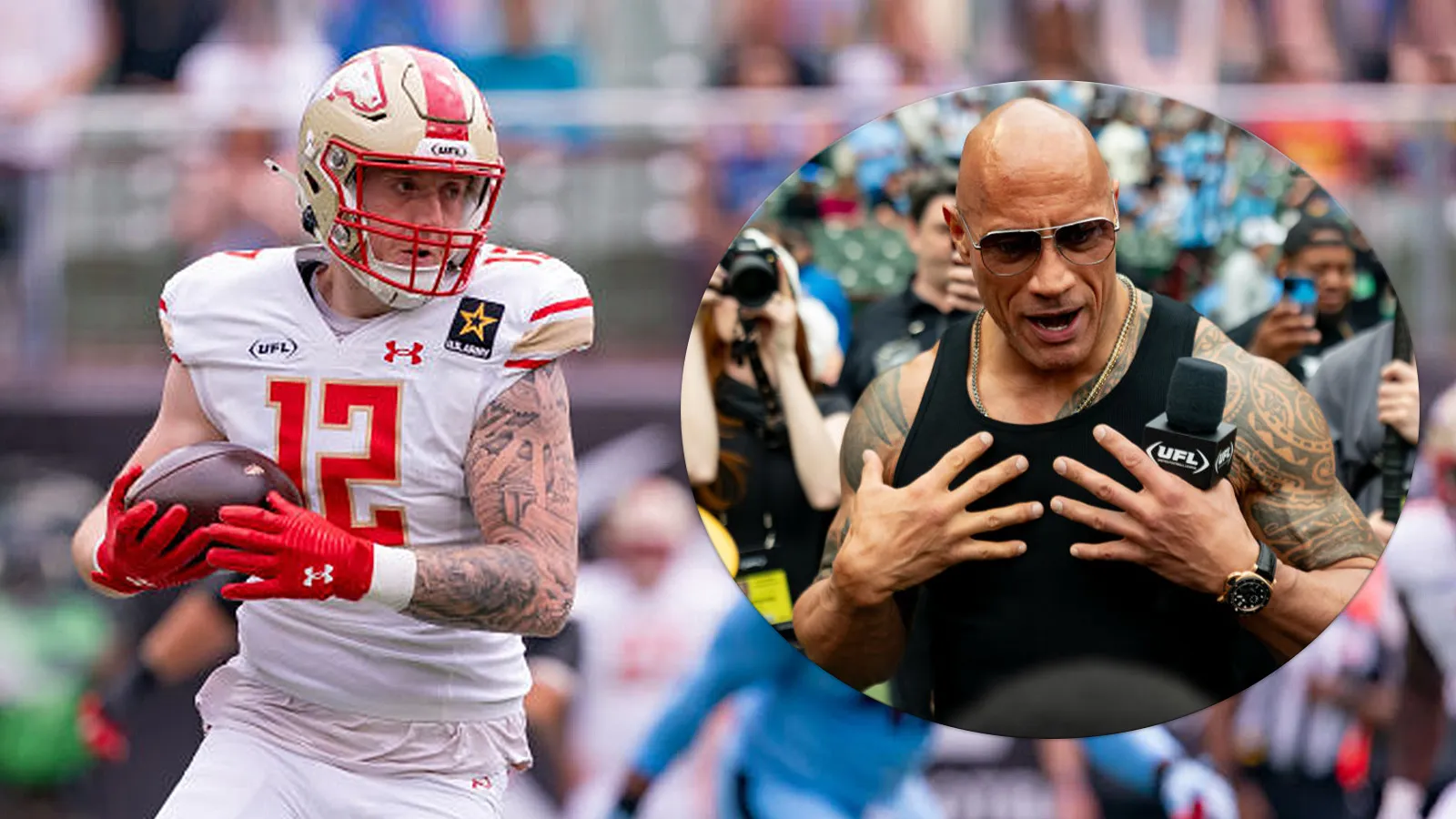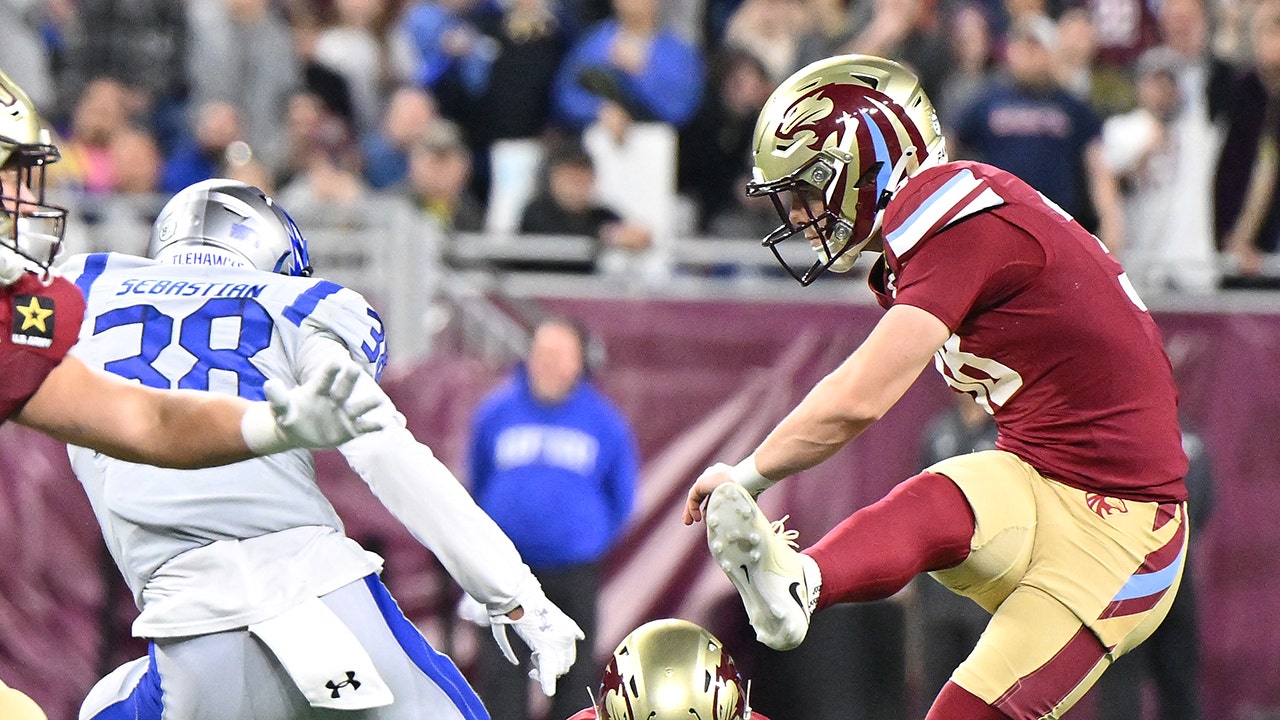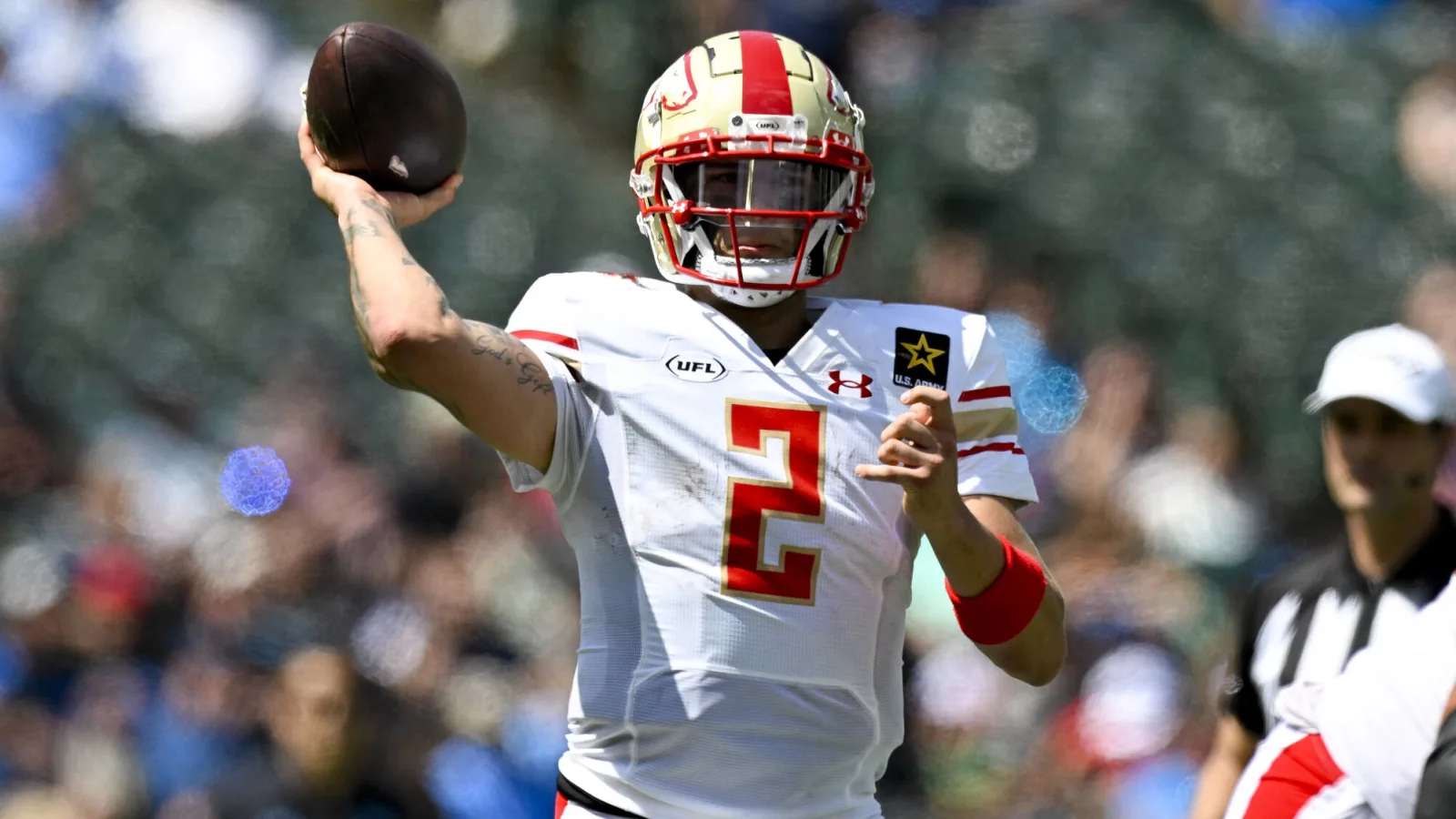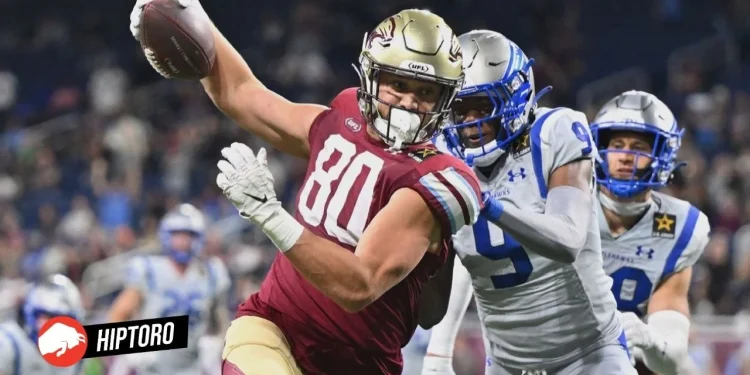The United Football League (UFL) kicked off this weekend, yet the buzz one might expect for a new sporting venture was notably absent. In what was anticipated to be a momentous launch, the amalgamation of the USFL and XFL into a singular spring football entity, attendance figures told a different story.
As NFL analyst Mike Florio insightfully observed, the sparse crowds at UFL’s inaugural games have sparked conversations around the league’s appeal and strategic planning. This article delves into the challenges faced by the UFL, and the implications of its “so-so” attendance, and explores potential strategies for revitalizing its viewer engagement.

UFL Opening Weekend Records Low Attendance
At the heart of the UFL’s rocky start is an attendance figure that can only be described as underwhelming. The opening face-off between the Arlington Renegades and the Birmingham Stallions saw a turnout of 14,153 fans in a stadium capable of hosting 25,000, leaving a glaring number of seats empty. The situation didn’t improve with the subsequent game, where the Michigan Panthers hosted the St. Louis Battlehawks to an even lesser crowd of 9,444 in a massive 65,000-seat arena. This scenario painted a rather bleak picture of the league’s debut, reflecting either a lack of fan interest or a miscalculation in venue selection.
Mike Florio Discusses The Poor Turnout
Mike Florio points out a significant challenge that comes with low attendance figures – the psychological impact on potential viewers. Drawing parallels to the NFL’s erstwhile blackout rule, Florio emphasizes how full stands create an atmosphere of importance and excitement around a game, attracting more viewers.
Conversely, empty seats can lead to a vicious cycle where the perceived lack of interest discourages potential fans from tuning in, further exacerbating the issue.

Is UFL’s Timing All Wrong?
One of Florio’s criticisms of the UFL revolves around its timing. Choosing to kick off during March Madness and the return of baseball season is seen as a strategic oversight. With the NCAA basketball tournaments reaching their climax and baseball fans rejoicing in the return of their beloved sport, the UFL’s attempt to carve out a niche seems to have been ill-timed. This scheduling conflict, Florio argues, places the UFL in direct competition with well-established sports events, making it difficult for the new league to capture the audience’s attention.
The #Lions have reached out to UFL Kicker Jake Bates after his game winning 64 yard field goal yesterday
Would you want to see Jake Bates in the Honolulu Blue? pic.twitter.com/hASaRlG0uR
— Eight Mile Sports (@EightMileSports) April 1, 2024
Can UFL Revive The Past Glory?
Despite the lukewarm start, all is not lost. Florio suggests starting with smaller venues to ensure a fuller appearance on television, enhancing the broadcast’s visual appeal and, by extension, its attractiveness to viewers. Moreover, leveraging locations with a historical connection to football, such as St. Louis, could tap into existing fan bases and generate higher attendance. The league’s decision-makers are tasked with reevaluating their strategy, from marketing to scheduling, to rebuild momentum and establish it as a compelling spring football league.

Conclusion: The Road Ahead for UFL
The UFL’s debut weekend has been a sobering reminder of the challenges new sports leagues face in capturing and retaining fan interest. However, it also presents an opportunity to reassess and adapt. By addressing the issues of timing, venue selection, and marketing strategies, there exists the potential to overcome its initial hurdles. The Spring Football League’s ability to innovate and engage with its audience will be crucial in determining its future success and viability as a sports entertainment option.

Source: Sportskeeda









